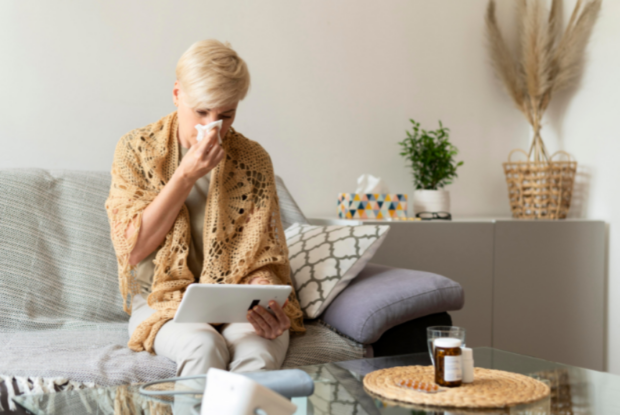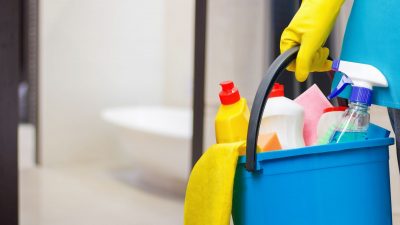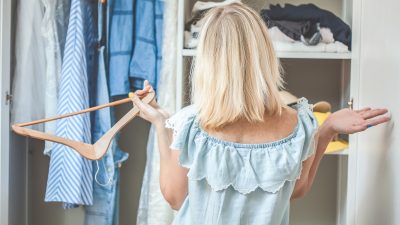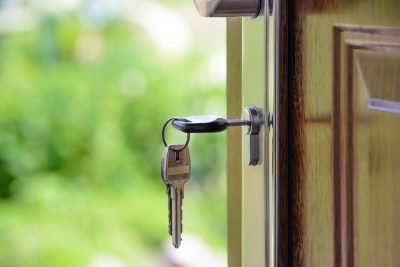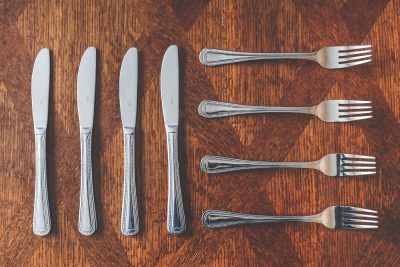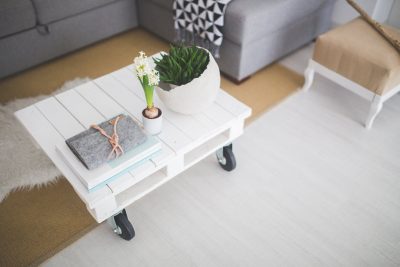Allergies and colds can have a significant impact on your well-being, especially considering how much of our lives take place within our own four walls. Hygiene is therefore of utmost importance to eliminate bacteria and germs that can cause illness. Allergies can be caused by a variety of triggers, including pollen, dust, pet dander and mould, and they come in many forms and severities. Allergies in the fall, when the air is more humid and mould can spread more easily, are especially common.
Some of the most common allergies include hay fever, asthma, and contact dermatitis. While some people can become allergy-free over time, others struggle with recurring symptoms throughout their lives. Fortunately, there are a number of steps that can be taken to prevent and treat allergies, from good hygiene practices to using allergy-free products. In this article, we offer four tips for a healthy and allergy-free home to help you successfully combat allergies and colds.
Tip 1: Vacuum twice a week
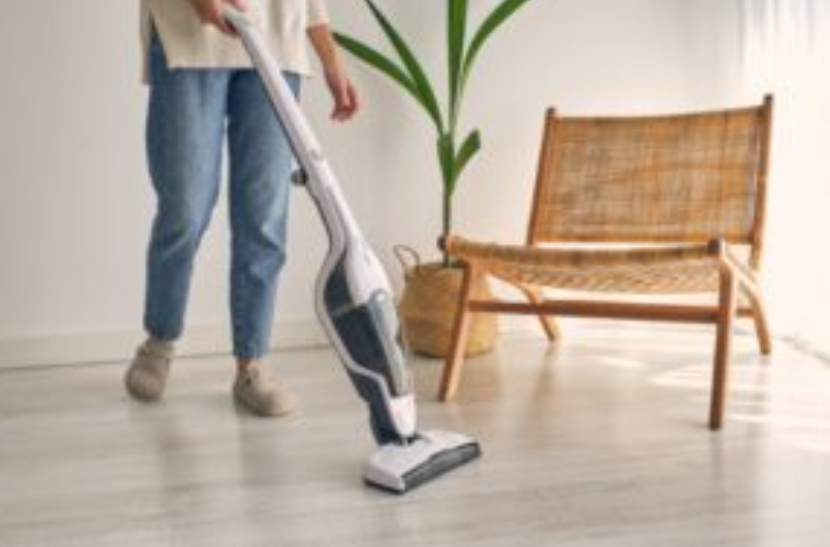
Regular vacuuming is fundamental to keeping your home allergen-free, with dust, pet dander and pollen being the main allergens. By vacuuming at least twice a week, you minimize the amount of these allergens and create a cleaner and healthier living environment.
When vacuuming, use a vacuum cleaner with a HEPA filter, as it effectively filters even the smallest particles, preventing them from getting back into the air. Also, don’t forget about hard-to-reach corners and upholstered furniture, as this is where a particularly large amount of allergens can accumulate.
5 tips for more effective vacuuming:
- Regularity is key: vacuum at least twice a week.
- Choose the right appliance: A vacuum cleaner with a HEPA filter* is ideal.
- Thorough: Vacuum all areas carefully, especially corners and upholstered furniture.
- Empty and maintain: Empty the vacuum cleaner bag or container regularly and maintain the appliance.
- Strategy: Vacuum from top to bottom and back to front to minimize dust buildup.
By vacuuming effectively, you can not only reduce exposure to allergens but also improve overall comfort and indoor air quality, which is especially important when spending more time inside during the cooler months.
*A HEPA (High-Efficiency Particulate Air) filter is an air filter capable of removing at least 99.97% of particles as small as 0.3 microns from the air passing through it. These filters are widely used in clean room technologies, hospitals and air purifiers to filter fine particles including dust, pollen, mould and bacteria from the air.
Tip 2: Dust your surfaces regularly
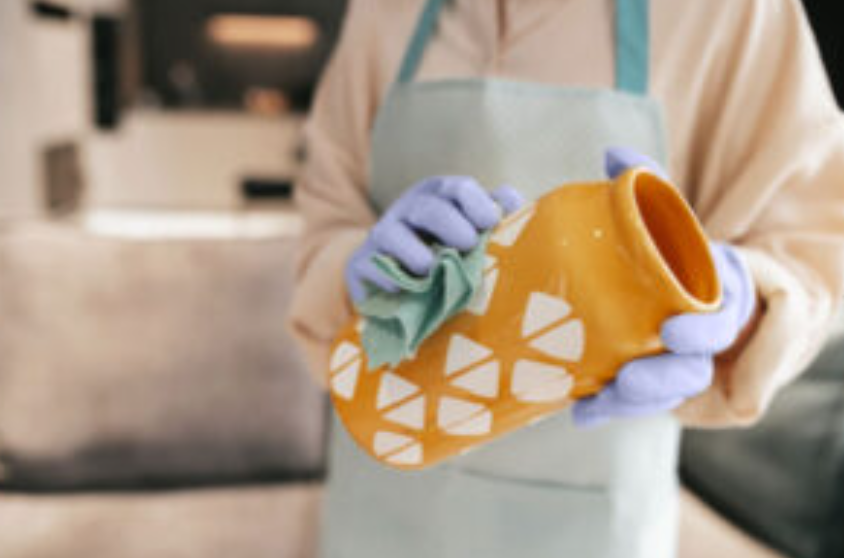
Dust is often full of allergens, including pollen, mould spores and pet dander. Therefore, dusting surfaces regularly is a must to reduce allergen exposure in your home. It’s a good idea to thoroughly dust all surfaces, including shelves, furniture and electronics, to prevent dust buildup.
When dusting, use a damp cloth or special dusting cloths that bind the dust instead of swirling it into the air. Using allergy-friendly cleaning products can also help minimize exposure to allergens.
5 Tips for Effective Dusting:
- Regularity: dust all surfaces at least once a week.
- Proper tools: use a damp cloth or special dusting cloth.
- Strategy: dust from top to bottom to avoid dust swirls.
- Allergy-friendly products: Choose cleaning products and utensils that are suitable for allergy sufferers.
- Don’t forget: Dust less visible and hard-to-reach areas regularly as well.
By dusting regularly and thoroughly, you can significantly reduce the concentration of allergens in your home, minimizing the risk of allergies and other health complaints. A clean, dust-free home is not only healthier, but it also feels fresher and more inviting.
Tip 3: Disinfect countertops and other surfaces in the home
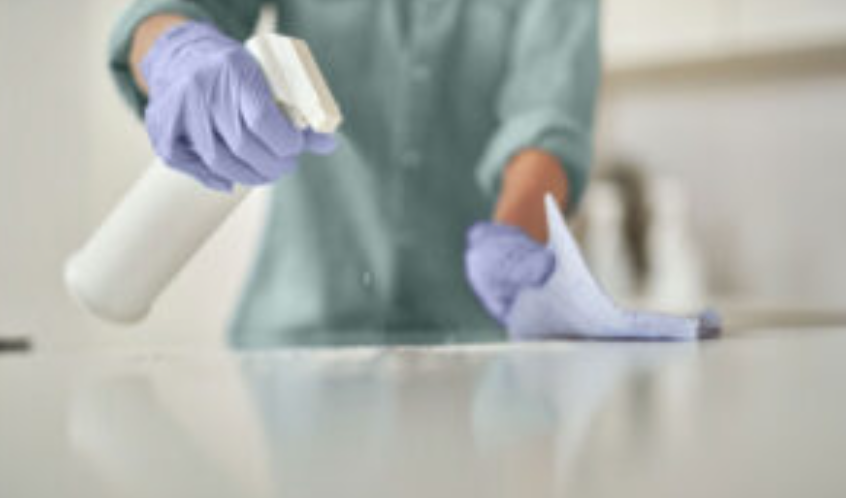
Disinfecting countertops and other frequently touched surfaces in the home is critical to preventing the spread of bacteria and viruses and maintaining a healthy living environment. Disinfection aims to kill germs and thus minimize the risk of infection.
There are different types of disinfectants that can be selected depending on your needs and preferences:
- Alcohol-based disinfectants: they are effective against a wide range of microorganisms, but can damage surfaces and dry out skin.
- Bleach-based disinfectants: These are particularly effective against viruses and bacteria, but should be used with caution because they can irritate skin and eyes and bleach materials.
- Hydrogen peroxide: This is a mild disinfectant and can be used on a variety of surfaces.
- Quaternary ammonium compounds: They are widely used and effective against many bacteria and viruses, but can cause allergic reactions.
- Natural disinfectants: For example, based on essential oils, are an environmentally friendly alternative, but their effectiveness can vary.
Regardless of the type of disinfectant, it is important to carefully follow the label instructions and use the product safely and correctly to protect occupant health and surfaces.
Tip 4: Wash your comforters and pillowcases regularly
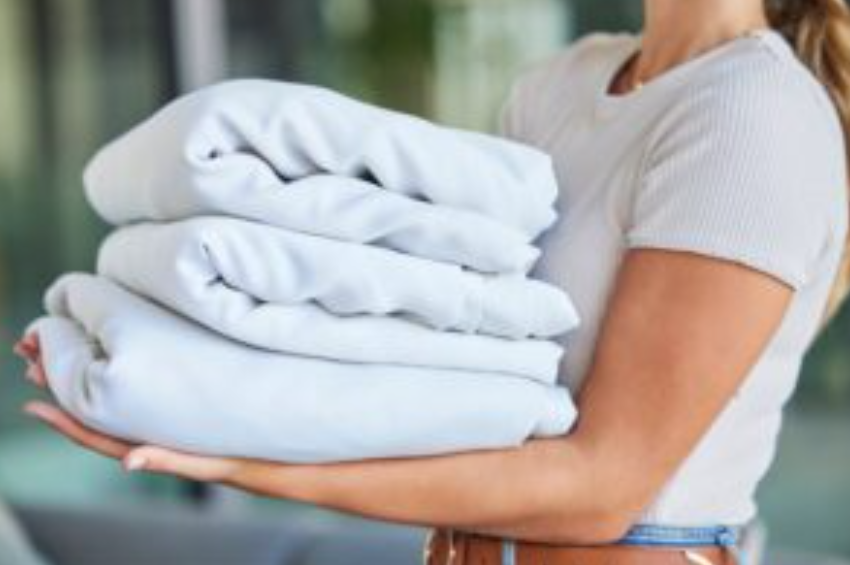
Comforters and pillowcases are an ideal breeding ground for mites, bacteria and dander, and it’s essential to wash them regularly to maintain hygiene and minimize allergy risks. Regular washing also helps prevent unpleasant odours and provides a fresh and clean sleeping environment.
For best results, follow these steps:
- Read the care instructions on the label. These will give you specific instructions on proper care.
- Choose the right temperature. As a rule, comforters and pillowcases should be washed at a minimum of 60 degrees to effectively kill mites and bacteria.
- Use a mild detergent. A detergent suitable for sensitive skin is often the best choice.
- Dry textiles thoroughly. Make sure everything is completely dry before you use it again to avoid mould.
- Wash regularly. Experts recommend washing bedding every two weeks and comforters at least four times a year.
By following these instructions, you can not only extend the life of your bedding but also ensure a clean and healthy sleeping environment. A clean bed is an important step towards better sleep and overall well-being. So you can sleep reassured and refreshed and start the day with fresh energy.
Fight allergies & colds
Fall is the time when the days get shorter and the cold and flu season begins. During this time, it’s especially important to maintain a clean and healthy home to minimize the risk of illness and allergies. By regularly vacuuming, dusting and disinfecting surfaces, and properly cleaning bedding and textiles, you can effectively protect yourself and your family from germs, bacteria and viruses. Or, you can let the professionals take care of a clean home through Helpling.
The tips and advice listed here serve as a guide to a healthier home and should help get you through the cold season safe and sound. A clean home is not only a pleasant place to retreat to, but it also actively supports your immune system in fighting off illness.
Remember not to neglect preventative measures such as washing your hands and airing your rooms, and keep your home clean and germ-free to get you through fall safe and sound. After all, during the cold season, a clean home is the best medicine!




